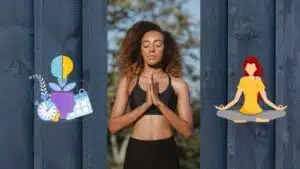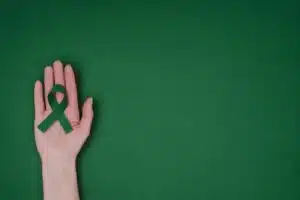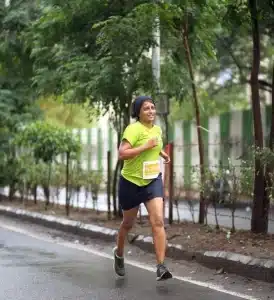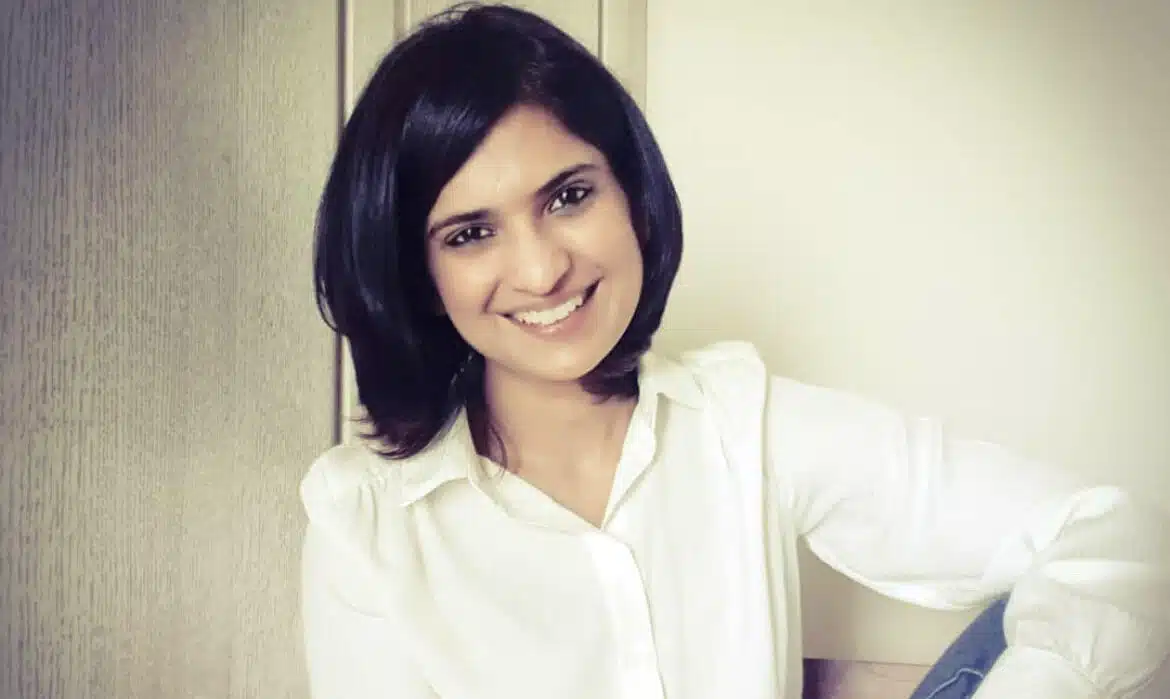What is Art Therapy? Can you use art as therapy for your mental health and wellbeing?
Mental Health And Wellbeing
The World Health Organization (WHO), has defined health as “A state of complete physical, mental and social well-being and not merely the absence of disease or infirmity.” While it is normal to address physical and social well-being issues, it’s the mental health issues that we tend to ignore the most. In India, talking about mental health with ease is still taboo, and seeking help for it is a far cry. Unfortunately, we haven’t yet reached a stage where we can comfortably share about our mental health just like our physical health.
As per recent data, there is a staggering gap between people who need therapy, approximately 150 million, and less than 30 million people who actually go for it. Another study by the State of the World’s Children 2021 shares that “Only 41 percent of 15 to 24-year-olds in India said it is good to get support for mental health problems, compared to an average of 83 percent for 21 countries,”.
In spite of the fact that even if you’re physically fit but have a mental illness of any kind, ranging from mild to severe, you will feel unwell, people tend to overlook mental health in India. It is astonishing to know that in 2016, suicide was the most common cause of death in both the age groups of 15–29 years and 15–39 years which in the pandemic year of 2020 student suicides saw the highest percentage increase at 21.20 percent, according to the latest data from the National Crime Records Bureau (NCRB).
In our country, minds are still conditioned with a variety of stereotypes. For example, ‘Boys do not cry, if they do so, people question their masculinity. Only girls should cry.‘ Or if someone shares that they are suffering from depression or any other mental turmoil, they are termed as ‘mentally weak’. The lack of acceptance of people with mental illness is one of the topmost reasons that they feel awkward sharing their problems. Instead of receiving support and compassion, they fear that people would judge them, misunderstand them, and would mock them. Because of these reasons, they are further unable to share their issues with anyone, and seeking professional support becomes more difficult.
It isn’t surprising that according to a recent WHO report, India is one of the world’s most depressed country in the world. While we can keep talking about these numbers, the responsibility lies on each one of us to collectively work towards creating an environment and have enough channels to be able to talk about and treat mental health issues.
Unlike physical health, since mental health issues come unannounced and can often go undiagnosed, leading to extreme stress and eventually other significant problems, such as the increased risk of heart disease, high blood pressure, and diabetes, it is imperative that we adopt simple techniques such as expressive art as therapy in our daily lives to release and express whatever we are feeling on a regular basis rather than wait for it to snowball into a bigger problem.
Expressive Art As Therapy
In contrast with conventional therapy methods like Psychodynamic, Cognitive Behavioural Therapy, and others, Expressive art as therapy includes expressions in the form of writing, drama, dance, movement, painting, and or music. The process involves exploring the responses, reactions, and insights through pictures, sounds, movements, and encounters with various guided art processes. The best part about practicing these techniques is that not only are they fun and therapeutic in their own way but also no prior knowledge or expertise is needed to explore these mediums. They give you freedom of expression in a safe environment, whether in one on one sessions or in a group.
Art as Therapy
Amongst the various different expressive art forms, I particularly find art therapy one of the easiest and most fun ways to express since, in this particular way of expression, all the five senses are activated including the mind. Art as therapy is a simple and effective means of communicating and expressing emotions and thoughts which one would otherwise find difficult to verbalize or share.
The importance of this exercise cannot be undermined especially in a digital age where people are leading more isolated lives than ever before which has been magnified by the recent pandemic. It has become even more challenging for everyone to express how they actually feel since most of the negative feelings are put under the burner in general. Social media has become a zone for sharing only the good parts or an unreal image creation of how life is and should be.

Social media particularly, which was designed to bring people closer together, unfortunately, is having the opposite effect, which implies that spending too much time engaging with social media can actually make you feel more lonely and isolated and intensify mental health problems such as anxiety and depression.
The 2020 Nielsen report says that adults today are spending more than 13 hours a day on screen, a significant increase from 10 hours a day in 2019, which implies that it is becoming crucial to take corrective and preventive measures for our mental well-being before it’s too late.
Mindfulness through Art as Therapy
Regular mindfulness practices through art are one of the simplest ways to enhance our ability to regulate emotions and decrease stress, anxiety, and depression. In the workshops we conduct, we use art as therapy and mindfulness tools such as drawing Mandalas, Zentangles, conscious coloring about our feelings, and various other tools to enable everyone to learn how to express and explore their feelings and emotions. These exercises also help us focus better, overcome insomnia and observe our thoughts and feelings without judgment. As we become more present in our lives it assists in making better decisions and becoming fully engaged in life.
“Art as therapy is used with children, adolescents, adults, older adults, groups, families, veterans, and people with chronic health issues to assess and treat the following: anxiety, depression, and other mental and emotional problems; substance abuse and addictions; family and relationship issues; abuse and domestic violence; social and emotional difficulties related to disability and illness; trauma and loss; physical, cognitive, and neurological problems; and psychosocial difficulties related to medical illness” (American Art Therapy Association, 2012, Online). It is an all-inclusive technique that everyone can practice irrespective of age or any prior expertise.
Being raised in a family, where my own brother suffers from a severe mental disorder since birth, I have been passionate about creating therapeutic channels and studying them to figure out solutions beyond traditional medication. Art had always been my happy place since childhood and naturally became a form of expressing myself and eventually enabling others to explore this avenue too.
I have conducted several thematic art workshops for more than a decade and witnessed art as therapy leading to transformation in many lives, children with hypersensitive disorders become calm and focused, adults carrying trauma from the past release it and experience happiness like never before and lead meaningful and fulfilling lives and many more. My mission is to connect to more and more people of all age groups, normalize freedom of expression of mental health in a safe zone and empower them with basic art therapy tools which they can practice in the comfort of their homes.
Although Art as therapy is not the be-all and end-all for all mental health challenges, it definitely supports improving our mental health and wellbeing. It is a highly empowering and therapeutic tool that promotes a sense of personal independence, self-reliance, and self-sufficiency which is the need of the hour in a country where mental health issues aren’t discussed openly but the number of people facing mental health issues is increasing by the day.
As Pablo Picasso says, “Art washes from the soul the dust of everyday life.”

Purnima
Related Posts

Meditative Mind – One Simple Exercise To Strengthen Your Mind



